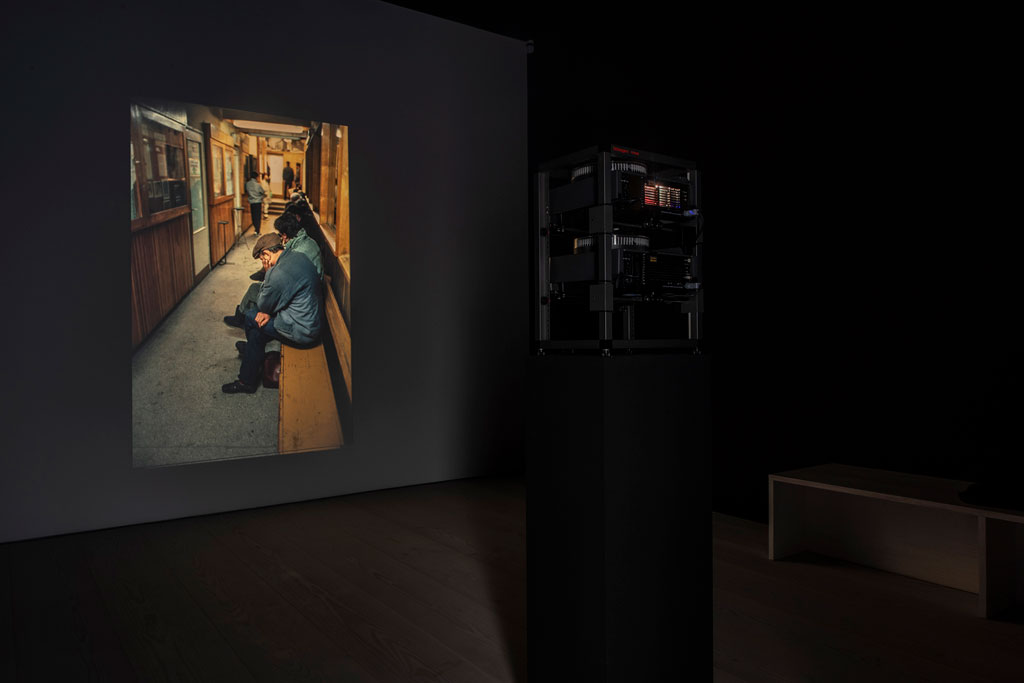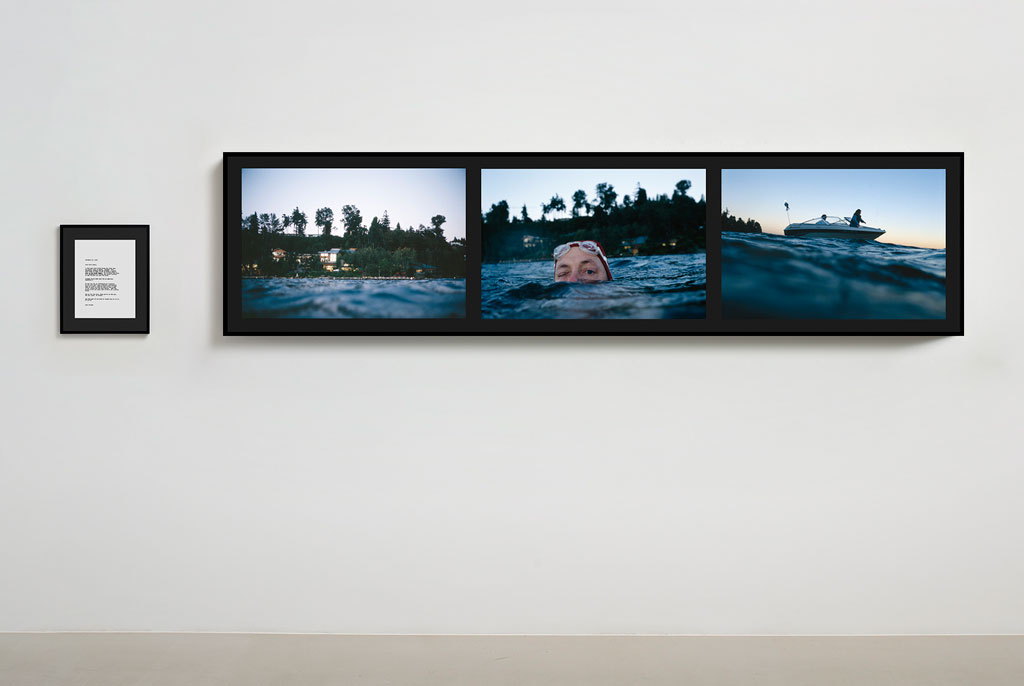ART-PRESENTATION: Allan Sekula-Labor’s Persistence
 Already with his work made at UCSD (University California, San Diego) in the early 1970s, both Allan Sekula’s writings and art aimed to bridge the gap between conceptual and documentary practices, focusing on economic and social themes ranging from family life, work and unemployment to schooling and the military-industrial complex. While questioning many documentary conventions, Sekula continued to see photography as a social practice, answerable to the world and its problems.
Already with his work made at UCSD (University California, San Diego) in the early 1970s, both Allan Sekula’s writings and art aimed to bridge the gap between conceptual and documentary practices, focusing on economic and social themes ranging from family life, work and unemployment to schooling and the military-industrial complex. While questioning many documentary conventions, Sekula continued to see photography as a social practice, answerable to the world and its problems.
By Efi Michalarou
Photo: Marian Goodman Gallery Archive
The exhibition “Labor’s Persistence” at Marian Goodman Gallery constitutes one of the largest presentations on the East Coast of Allan Sekula’s photography. Sekula may be best known for his substantial essays of images and texts exploring the maritime world, such as “Fish Story” (1989-95) and subsequent films “The Lottery of the Sea” (2006) and “The Forgotten Space” (2010) co-directed with Noël Burch. Growing up in San Pedro, Sekula gravitated to the sea as a space of freedom and hard work. As important, the contemporary maritime world was a site of rapid changes in modern technologies from traditional bulk holds to enormous container ships and accompanying cranes, which reduced much labor on the seas and in the ports while also greatly increasing global trade and outsourcing of manufacturing to sites of cheaper labor. But more than the sea, Sekula’s abiding focus was the increasingly downgraded world of industrial work. As a marxist, he consistently invoked the centrality of the labor theory of value. And following both Karl Marx and Roland Barthes, he protested the commodity-oriented culture’s glossing of the diverse forms of work that make our material world possible. Even as a student plotting the possibility of living as an artist and activist Sekula confronted his own precarious social position coming from a family struggling to retain middle-class respectability. As an engaged anti-war activist, he simultaneously sought to figure out how art and photography both contributed to the reigning social order and, if used deftly, might undermine it. Throughout his career, he represented himself as well as others in his depictions of class struggle ever in flux. The current survey of Sekula’s works on the theme of labor includes a key selection of five major pieces spanning his career. The first and largest gallery features the print version Sekula made in 2011 of his “Untitled Slide Sequence” from 1972, a linear sequence of 25 photographs made on the sly (until he was ejected for trespassing) of aerospace workers leaving the day shift of General Dynamics Convair Division in San Diego. This black and white piece is for the first time interspersed with choice later figure and portrait studies in color from “Fish Story” (1989-95), “Freeway to China” (1998-99), “TITANIC’s wake” (1998-2000), and “Europa” (2011). “This Ain’t China” (1974) is a mixed-media performance-based work combining mock portraits of food on offer, a management diagram of efficient restaurant organization, and a group of photographs of a motley team of restaurant workers contemplating going out on strike. The “China” of the title is a pun on both worker heroics inspired by Maoist cadres and the utter pretensions of the owner of a downscale pizzeria who, while dreaming of upgrades, was poised to sack Sekula and his co-workers envisioning their own pay scales and self-governance. “Dear Bill Gates” (1999) joins the other works in the main gallery with a rather elaborate piece of staging in which Sekula makes a proto-selfie in the cold waters before the cyber magnate’s lakeside mansion in Seattle, a scenario for his direct address in letter form to the rising master of the techno-universe who had recently exhibited a weakness for pricey maritime masterpieces. The adjacent viewing room projects “Waiting for Tear Gas [white globe to black]” (1999-2000), a sequential slide piece Sekula made shortly thereafter in Seattle, when he relinquished his pose as solitary aquatic stalker of Microsoft’s visionary founder, joining the Seattle street protests against the WTO just before the millennium. The exhibit concludes with “Dead Letter Office” (1996-1997) there, Sekula crisscrossed the border during the course of the failed Republican nominating convention to focus his camera on the gaps and sutures between insulated tourist culture, militarism and low-wage work in the artificial economy of Baja’s maquiladores*. Drawing on Mexican traditions of ribald play with mortality, Sekula himself mines the carnivalesque by featuring the artisanal coffin workshop to revive the ghost of dead labor lurking just outside our political economy.
* Maquiladoras in Mexico are factories that operate under preferential tariff programs established and administered by Mexico and the United States. Also known as a maquila, foreign companies that produce goods receive special tax breaks on certain imported goods and raw materials from Mexico’s government when they establish a maquiladora.
Info: Marian Goodman Gallery, 24 West 57th Street, New York, Duration: 27/6-23/8/19, Days & Hours: Tue-Sat 10:00-18:00, www.mariangoodman.com





